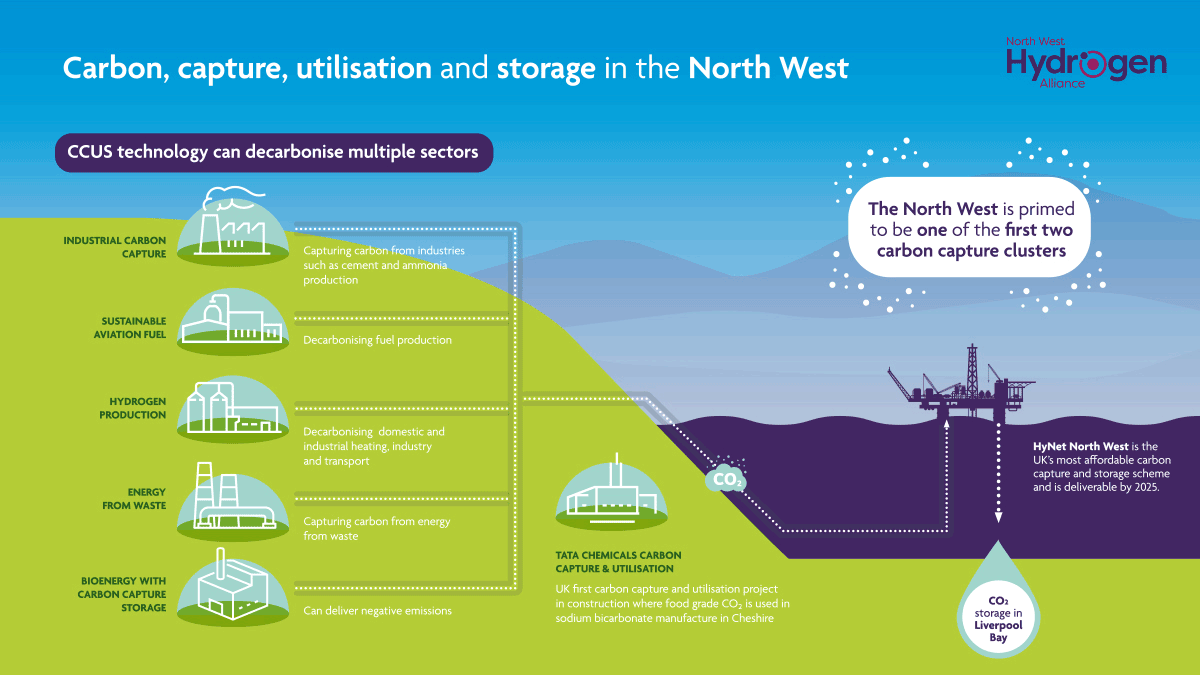That special mix getting us to 2040
A lot may happen in 20 years. It would be a major mistake to just wait it out and rely on the old saying “come what may”. The industry will surely still be around in 2040 but its face may have drastically changed by that time. And it should be no surprise that those who start preparing, investing and thinking about the future will eventually reap the benefits. All sounds fine and well but what are we actually preparing for? Since this business hasn’t started yesterday, we already have multiple ways of approaching the future and, apart from some individual previsions that see us flying cars to the moon in the next ten years we can actually rely on some informed opinions. No offence to the occasional oil and gas enthusiast, but let’s talk about some cold hard facts here. Like it or not, some changes are coming. Are we staring down the barrel?
ExxonMobil seems to know what could be in the pipeline for 2040. From the energy point of view, their report covers the major factors that will shape the world as we know it. They base their argumentation on seven key factors. First would be economic growth, which means higher living standards. A higher standard of living will automatically mean a growth in energy consumption. Urbanization will also play a big part in this, with China and India already cementing a position as large contributors of GDP gains. To support these changes, a new dynamic will be required. This is where the energy mix discussion comes in. A diversification of the offer will be needed in order to satisfy more customers. A growth in nuclear and renewables is envisioned, but at the moment natural gas seems to be the star that emerges victorious out of this affair, providing up to a quarter of the world energy demand come 2040. Do not forget that this will also bring changes in the technological field and new policies to rein in the resulting emissions, expected to peak during the 2030s. Technology wise we have a lot to look forward to, as more and more energy efficient and unconventional solutions are taking shape each day. Make no mistake about it; oil will not go down without a fight. Far from being out of the picture, it will continue to act as the vital ingredient in the energy mix, fuelled by transportation and the chemicals industry. Let’s take things one at a time.
By 2040, world population is expected to reach 9.1 billion, up from 7.3 billion today
The trick here is that the increasing population is not the biggest threat; the middle class will more than double in the following years. As proposed earlier, urbanization will greatly affect this change with non-OECD countries leading the economic growth race. In order to satisfy the needs of this ever-growing middle class, the demand in energy is expected to rise by 25% in 2040. To keep up with this growth we will have to use technology smartly to make up the lost ground. By committing to reducing energy intensity up to 38% by 2040, we could arrive at using energy more efficiently and flattening the carbon intensity of energy use. As expected, efficiency will be the name of the game and this is where natural gas, nuclear, wind and solar power come in. As electricity generation will become the fastest and largest sector on the market so will alternative solutions. But all the gas in the world won’t be able to replace oil in supporting transportation and chemical needs. According to Exxon, global transportation-related energy demand is projected to increase by about 25%. The majority of this growth will of course happen in the non-OECD countries in relation with the GDP growth. Technology will again lend a hand with new engine designs, aerodynamic improvements and much expected hybridization which will see full hybrid vehicles reach about 15% of the offer. Due to decrease in battery costs, small shorter range electric cars are expected to exceed more than 10% of new car sales in the US by 2040 but conventional cars that will still be primarily powered by gasoline will remain the widest spread thanks to cost, functionality and greater fuel efficiency.
Oil will remain the world’s primary energy source, meeting about 95 percent of transportation energy needs thank to its far-reaching availability, economic advantages and high energy density. It will eventually decline as a fuel but grow as the base for chemicals, roads and lubricants. Bio fuels will play a part in some sectors but natural gas will see the biggest increase, reaching a quarter of all demand. Coal will play a progressively smaller part as the world moves towards cleaner resources. This movement will be spearheaded by the US and countries in Europe bent on using more gas, wind and solar energy as the world shifts to less carbon-intensive energy. Thus, wind and solar electricity supplies are expected to grow about 360%, close to 15% of global energy by 2040 supported by policies to reduce CO2 emissions. Nuclear capacity will grow by 75% equalling the same electricity output as wind and solar energy combined. It should be noted that more than 50% of this growth will come from China whose coal power generation will fall while India’s use for the resource in energy production will more than double come 2040.
Emissions are declining in the OECD; Will drop about 20 percent from 2015 to 2040
Speaking about good intensions, there is a clear trend towards eradicating the world’s greenhouse gas emissions with help from technology advances and new policies. The ever-present shadow of the COP21 is still looming large, driving the R&D departments towards cleaner energy evolution, with some interesting results like carbon capture and storage technologies such as the break through Fuel Cell Technology. The report envisions that innovation in the transportation sector will deliver some major gains in fuel economy and drops in global carbon dioxide emissions with the help of market based, transparent and predictable policies that will be applied on a global scale. Said emissions are likely to peak and then progressively decline stopping close to 10% above the level of 2015.
But this push’s biggest impact will ultimately be felt in the energy mix. Significant increases of nuclear power and renewables are to be expected, with gas overtaking coal as the world’s second largest fuel, generating up to 60% fewer CO2 emissions. Speaking about the energy supply, some nations have flipped the script, an outstanding example being North America, long time oil importer primed to become a net exporter in just a couple of years, all due to the significant oil and gas production increases from shale fields. Global liquid production is set to rise in order to meet demand growth, with technology-enabled NGLs, tight oil, deepwater and oil sands seeing strong improvement. Of course, this will demand a continued investment but it’s all worth the risk, as things could go downhill pretty quickly without it. More than USD450 billion a year in upstream oil investment will be needed to meet demand. Luckily, global oil resources are still generous, with experts assuring us that the remaining oil resources can account for 150 years of supply if consumed at the current rate or they could even rise given that technology advances as well.
The gas trade will be influenced by new dynamics as North America will become a natural gas exporter with Russia still holding the lead and Asia Pacific becoming the most important gas importer by 2040 in order to meet the doubled gas demand. Amidst all this, unconventional gas will support one third of gas production with LNG remaining very competitive as export supplies diversify. A growth of 170% in exports is expected for LNG by 2040 with the most substantial share coming from the United States.
Global gas demand grows by about 45 percent from 2015 to 2040
This growth will occur in all major sectors but it will chiefly be influenced by electricity generation. Again, less than 15% of global gas resources have been used and the remaining supply could see us well past the 200-year mark at current demand rates. In 2040, it will power 5% of total transportation, 10% of marine transportation and 30% of the world’s electricity as the most versatile resource.
Nobody can say for sure that this will be the future. Be advised that these are just calculations that do not take into account the essential human factor. Something unpredictable might happen at any turn. At least we have the resources at our disposal. It seems that by 2040 maybe we will actually know how to use them. This report is just the ideal scenario; it’s up to us to mix all the ingredients together to get where we’re going. But time is on our side.







